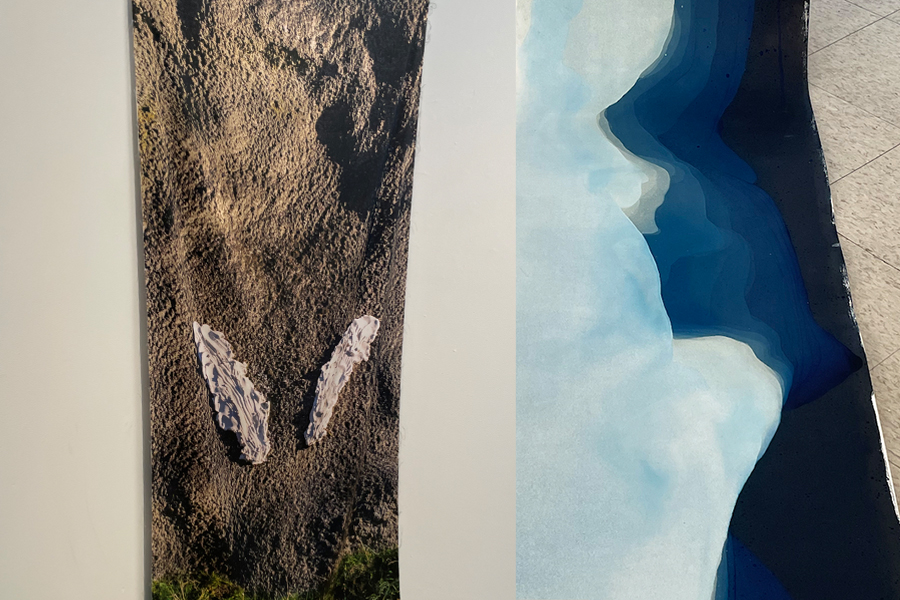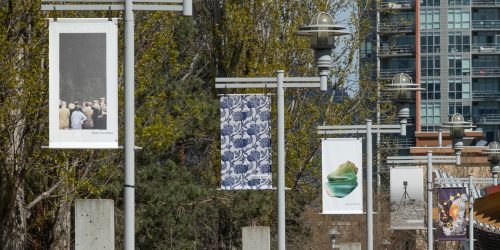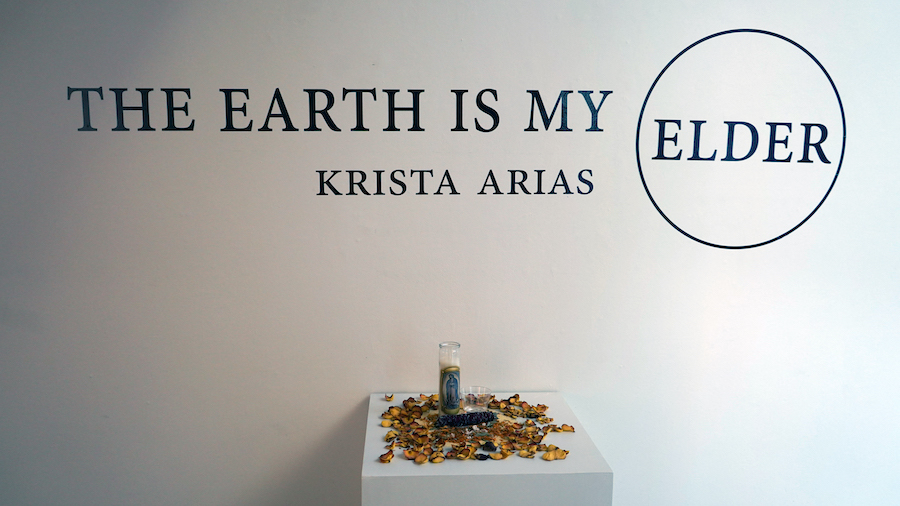After the Fire by Andreas Rutkauskas
Andreas Rutkauskas has been using photography and video to document the aftermath and regeneration following wildfires in Western Canada since 2017. This body of work, collectively titled After the Fire, takes on a new format in The Alternator’s window gallery. Working with imagery sourced exclusively from the unceded traditional territory of the Syilx, he creates a form of diorama that allows the viewer to...

 Follow
Follow







